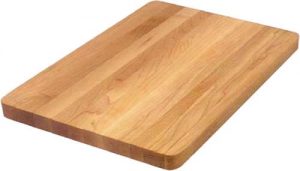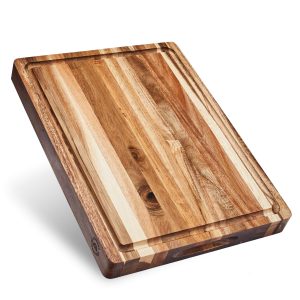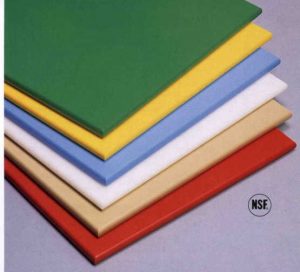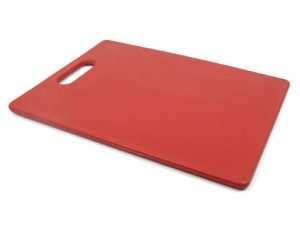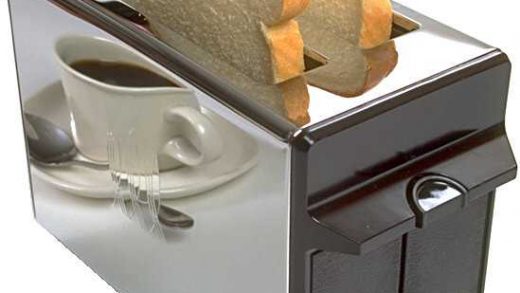Whether you are assembling a kitchen for the first time or a long-standing master at the stove, there are certain essential tools that we all need. One of those is the humble cutting board. This might not be at the top of your list for kitchen essentials, but it should be right up there.
For cutting boards, there are a lot of choices in size and materials. You have to choose one, at least, that will both protect the edge of your knives and that can be easily cleaned, even sterilized, if used for meat. Many cooks have different cutting boards for different uses, and if you can afford it, do it. But always make sure it can be cleaned with soap and hot water.
Never use a cutting board made of glass or ceramic. It will ruin your knives. The slick surface also is dangerous, allowing whatever you’re cutting to slip and slide.
That leaves the wood, bamboo, plastic, wood, acrylic, and particle board.
Wood is great for vegetables and similar foods. The surface is very forgiving on knife edges and it can take a lot of abuse and cleaning. However, it can’t be sterilized or put in a dishwasher. So, there is some concern that contaminants can enter the pores of the wood and linger to spread and grow. That makes it a less-than-ideal choice for meat.
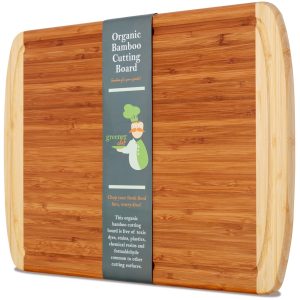
Bamboo has many of the same qualities as wood, plus it’s a great renewable resource. It is basically a type of grass and grows quickly. But unlike wood, the surface is usually a bit rougher than wood, making moving food around or into your knife is a little harder. These are popular and inexpensive, making them a good choice. But not the best choice.
Particle board is made of wood materials and a laminate. It has a lot of the same qualities as wood, is relatively cheap, and is easy to clean. Many are also dishwasher safe. But I’m not convinced that the laminate coating is easy on knife edges.
Silicon cutting boards are flimsy but relatively durable. The flexibility makes them great for transferring ingredients into mixing bowls and similar receptacles. They also are inexpensive and come in an array of colors, allowing you to assign a different color to different uses like red for meat, chicken, and seafood, green for fruits and vegetables, and so on. But you need to put these on a solid base and take measures to keep them from moving while you are cutting.
That leaves my personal favorite: hard plastic acrylic. These are light enough to pick up and carry to your pan on the stove but firm enough to withstand the dishwasher or heavy scrubbing. They don’t soak up contaminants, but they can stain. These also are easy on the blade edge. In a small apartment, they can be used to give you temporary additional counter space by covering over the sink or cool stove burners. I’ve had mine for many years and it’s still a great cutting board. It has just a little texture on the surface to keep the food from sliding around, but not enough to make feeding the food into your knife difficult.
